
Menu

Menu
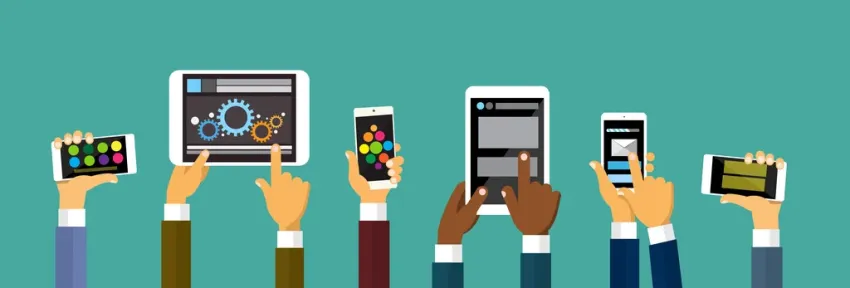
For a long time, organizations have debated the benefits and disadvantages of using mobile technology in the workplace. We’ve all heard the arguments for and against, and while some organizations have embraced mobile technology, others still lag in reaping the potential benefits this simple and pervasive platform can bring. Now, more than ever, it’s time to position the mobile phone at the forefront of maintaining productivity and supporting employees in the evolving world of work. By leveraging mobile technology effectively, organizations can enhance communication, streamline workflows, and foster collaboration among teams, ultimately driving greater efficiency and engagement.
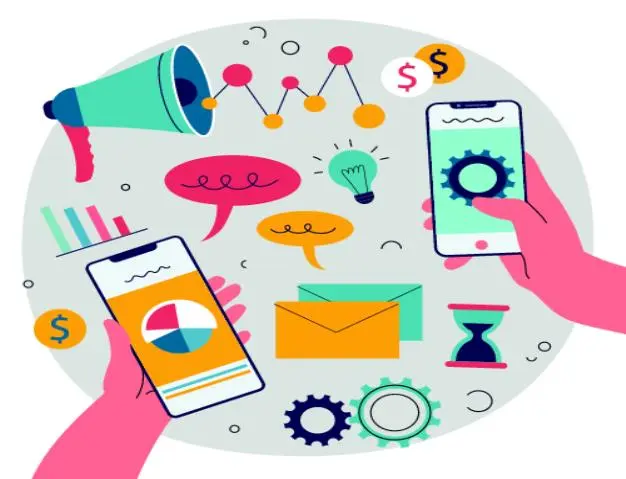
Not only do employees and management have to navigate the challenges of working from home and maintaining physical distancing, but those working in physical workplaces also face significant hurdles. These include collaborating with large teams, working in isolated departments, operating across multiple locations, and managing the mental health strains associated with daily risks during the pandemic. For desk-bound employees connected to corporate networks, solutions like intranets, social media, and virtual meetings provide some support.
However, what about those deployed at physical company locations or those whose work takes them outside? This list is not exhaustive but includes individuals working in critical services such as civil defense, hospitals, and sanitation. Moreover, it encompasses those in service industries like hotels, warehouses and distribution centers, food manufacturing, airlines and airports, and retail. Thus, addressing the needs of all these workers is essential for ensuring workplace productivity and well-being.
One example of an industry sector particularly impacted by the pandemic is the hospitality sector, where the workforce largely cannot work from home or be desk-based. Despite the reduction in the usual stream of clientele, most hotels have remained operational by repurposing their facilities to accommodate remote working or even serve as centers for quarantine. Moreover, in some countries, an internal staycation culture has emerged as a response to bans on international travel. In each of these scenarios, hotels have had to maintain at least a skeleton staff across all key service functions.
Additionally, this sector has traditionally relied on differentiation through brand-specific service provision. Consequently, the challenges of keeping employees informed, trained, and engaged in this environment are significant.
The ability to hold training sessions on-site, promote team-building events, conduct daily team briefings, and manage employees rotating between sites has faced severe restrictions. Furthermore, this issue is not limited to the hotel industry; the retail sector has also been similarly affected, whether in franchise operations, mall operations, or supermarket chains. Airlines, airports, and hospitals have encountered similar challenges, and the list goes on.
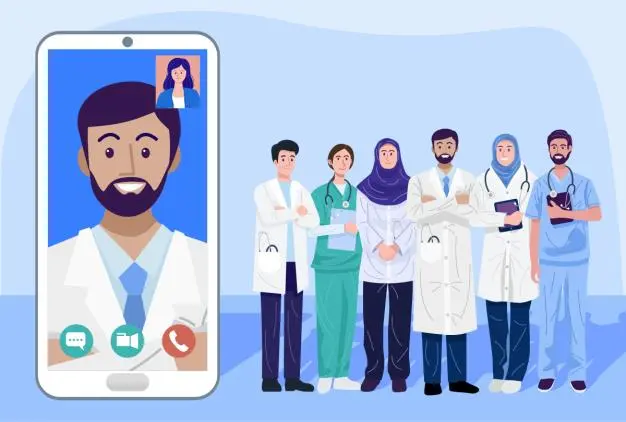
Organisations are challenged with coming up with ways to support communication, keep everyone informed, provide engagement, and maintain vital functions such as:
♦ Training and performance management
♦ Updating and disseminating rapidly changing processes and procedures
♦ Providing health and safety, wellness, and benefits updates
♦ Recognising and rewarding employees
♦ Sharing success stories and positive customer feedback
♦ Team building activities such as discussions, forums, and employee competitions
♦ Processing transactions such as claims, payroll and self-service activities
In today’s fast-paced environment, having a common platform to deliver everything through a simple “anytime, anywhere” approach has become crucial. This platform not only provides a single point of contact for employees and managers but also helps them manage daily operations effectively.
By providing employees with access to the company HRMS via their mobile devices, organizations can effectively meet the challenges they face. This proactive approach allows employees to continue accessing core functions, such as benefit information, claim processing, and training and development. Furthermore, HR teams can leverage the accessibility of mobile devices to ensure employees stay informed about new regulations and procedures, all while being connected to a central source of information.
This is particularly crucial in environments where keeping up with the latest health and safety regulations is a matter of life and death. In addition to these practical benefits, maintaining a sense of “normality” in routine significantly helps reduce stress and promotes positive mental health.
With a little creativity, training teams and management can easily post the latest “how-to” videos on platforms like WhatsApp, Instagram, or YouTube. This method ensures employees can watch from wherever they are using their own phones.
Consequently, this approach helps reach a wide employee base across different locations with a standardized message. Moreover, it can be extended to employees creating their own content and sharing it with colleagues. Not only does this facilitate the sharing of best practices, but it also gives employees a sense of control and engagement.
Additionally, mobiles can be utilized to support quizzing apps and surveys that help maintain open communication channels with the workforce. Similarly, apps can provide employees with on-job checklists, aiding in the adherence to frequently changing regulations.
This approach not only offers operational benefits for the organization, but also instills confidence in employees who understand the importance of following procedures on the job.
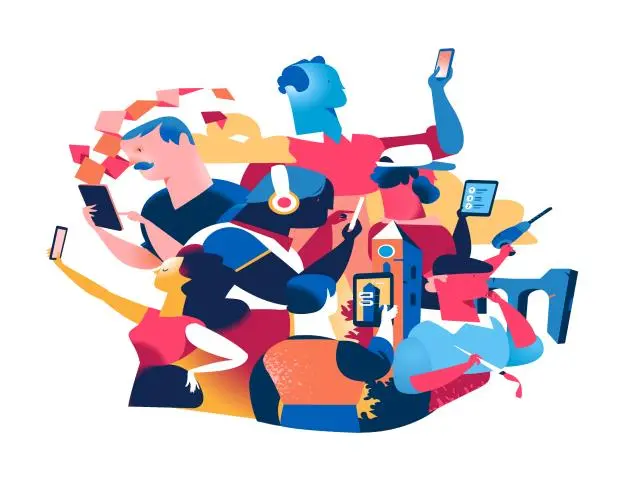
Setting up a group on an app like WhatsApp not only encourages but also spreads tacit knowledge among employees. In addition, it provides managers and supervisors with a way to maintain open communication. This also allows them to quickly identify and correct misunderstandings, mistaken ideas, or potential problem areas. By keeping communication channels open, people feel more connected and safe.
Furthermore, many employees are now becoming more comfortable using virtual meeting applications like Zoom. This transition enables team meetings to continue, even when employees are isolated. Moreover, it is important to recognize that virtual meetings help keep employees working from home connected to those in the workplace. This connection is essential for maintaining team dynamics and supporting workflows that often depend on collaboration.
Placing mobile use at the center of work operations offers significant benefits not only for employees but also for management. In addition to the shared advantages of improved communication, the following benefits are particularly important:
♦ The ability to quickly reach teams and individuals with critical new information.
♦ An improvement in the speed of resolving issues.
♦ The capability to process management tasks remotely, such as approving claims and leave requests, or handling payroll approvals.
♦ Allowing supervisors and managers to continually engage and motivate employees when face-to-face interaction is restricted.
♦ Driving productivity, which might otherwise be severely impacted by new working environments and regulations.
♦ Maintaining accurate record-keeping and gathering data for management reporting.
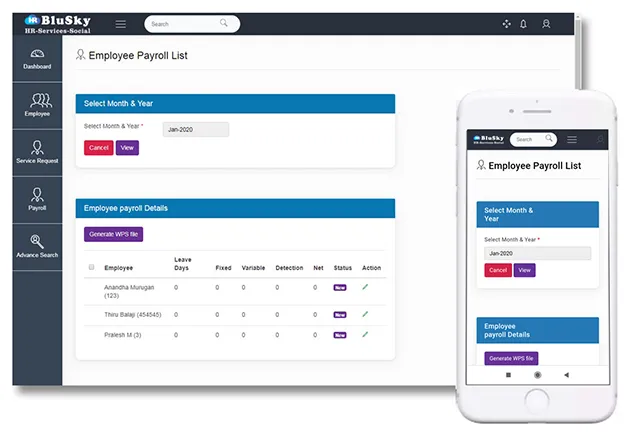
In short, now is the time for organisations to set aside any concerns and fully embrace the advantages that mobile technology can bring. At the heart of this shift is the ability to share a central HR system across the widest possible range of mobile devices.
If you want your organisation to gain an advantage in these turbulent times, take a look at HRBluSky, a comprehensive HRMS solution that prides itself on providing a full range of feature rich services via mobile devices.
Employees need to show their Emirates ID card and/or their insurance card to avail of healthcare services.
No. The law stipulates that employers cannot pass on the cost of the cover to their employees. The renewal of an employee’s visa is subject to the employee having appropriate medical insurance in place.

To build stronger connections and motivation, mobile technology offers a great platform for engaging employees in more meaningful ways. For instance, organizations can send personalized updates, recognize achievements, and encourage open communication through mobile devices. This approach not only promotes workplace transparency but also helps employees feel valued and more involved in the company’s goals.
Moreover, mobile platforms create real-time feedback loops, allowing employees to express their concerns and ideas. As a result, this leads to a more motivated workforce, directly boosting productivity and retention. Additionally, mobile tools support virtual team-building activities or peer recognition programs, further enhancing morale and collaboration.
As regulations change, especially in response to health and safety concerns, mobile technology is vital in ensuring compliance. By adopting mobile-first strategies, companies can share real-time updates on regulations and procedures. In addition, mobile apps offer automated reminders and easy access to compliance documents, helping employees stay aligned with company policies. This reduces the risk of non-compliance while fostering a culture that prioritizes safety.
Moreover, managers can use mobile dashboards to track compliance trends and take corrective actions when needed. Ultimately, this creates a safer, more organized work environment, ensuring employees stay informed and prepared.
Beyond improving communication, mobile HRMS access significantly boosts productivity. For instance, employees can manage payroll, submit leave requests, or update their information from any location, reducing delays. As a result, HR teams experience less administrative work since mobile HRMS platforms streamline daily tasks.
Furthermore, real-time notifications keep employees informed about their benefits, performance, and deadlines, promoting personal responsibility. In addition, mobile self-service features allow employees to resolve HR issues independently, letting HR focus on strategic tasks. Ultimately, mobile HRMS keeps employees productive and connected, whether remote or on-site.
Although mobile technology often supports remote work, it also benefits on-site employees, especially in industries like healthcare and retail. For instance, on-site workers can use mobile apps to check schedules, access training, or receive updates instantly. This ensures both remote and on-site employees have equal access to resources, promoting fairness within the organization.
Moreover, mobile platforms bridge the gap between these two groups, enabling seamless collaboration regardless of location. Additionally, mobile solutions improve cross-functional communication, keeping workflows efficient and employees connected. In essence, this approach fosters team dynamics, a sense of belonging, and operational continuity.
Mobile technology not only benefits employees but also enhances management efficiency. For example, managers can quickly share urgent information with teams, reducing the time needed to address issues. Additionally, mobile platforms allow managers to approve leave requests, process payroll, or review reports remotely, improving decision-making speed.
Moreover, managers stay connected with their teams through mobile solutions, ensuring continuous engagement and motivation, even when face-to-face interaction is limited. Ultimately, using mobile technology helps organizations maintain productivity while ensuring teams remain motivated and efficient.
Continuous learning is essential for both employee growth and organizational success. By using mobile platforms, training teams can provide employees with up-to-date learning materials and videos, accessible anywhere, anytime. For example, companies can upload “how-to” videos or training content on platforms like YouTube or WhatsApp, enabling employees to learn at their own pace.
Additionally, mobile platforms ensure standardized training across locations, offering consistency in learning content. Furthermore, employees can share content and best practices, fostering a collaborative learning culture. Consequently, mobile learning drives personal and organizational growth by equipping employees with the skills needed to excel.
If you want to see how you can simplify managing your employee medical health insurance, visit us at HRBluSky.
The information in this article was updated on 10 Sep 2020. For the latest information please refer to the official government website at https://u.ae/en/information-and-services/health-and-fitness/health-insurance
Alignment
Article
Audit
Automation
Benefits
Candidate
Communication
Compliance
Digitalisation
Digital Technology
Diversity
Emirates Id Application
Employee Experience
ESS
Feedback
Health and Safety
HRMS
HR Strategy
HR System UAE
Human Resource Management
Human Resource Management Systems
Job Roles
Learning and Development
Onboarding
Outsource
Payroll
Payroll Management System
Payroll Processing
Performance
Performance Management
Personalisation
Recruit
Recruiting
Recruitment
Remote Working
Rewards
Security
Service Providers
Skills
Smart
Survey
Virtual
Visa Cancellation
Work Environment
Workforce
© 2025 Pruvity HR Solutions Pvt Ltd, Madurai, India